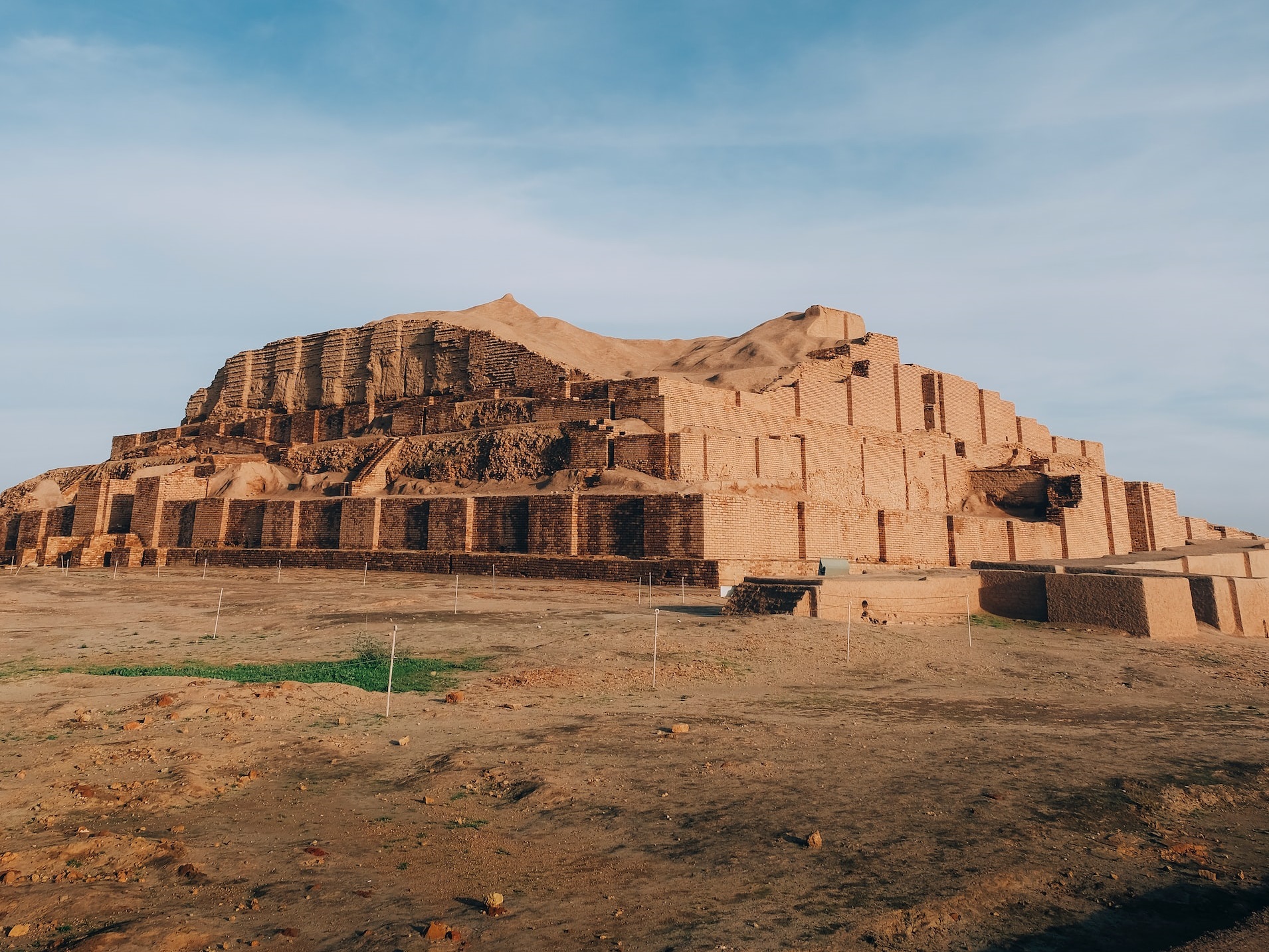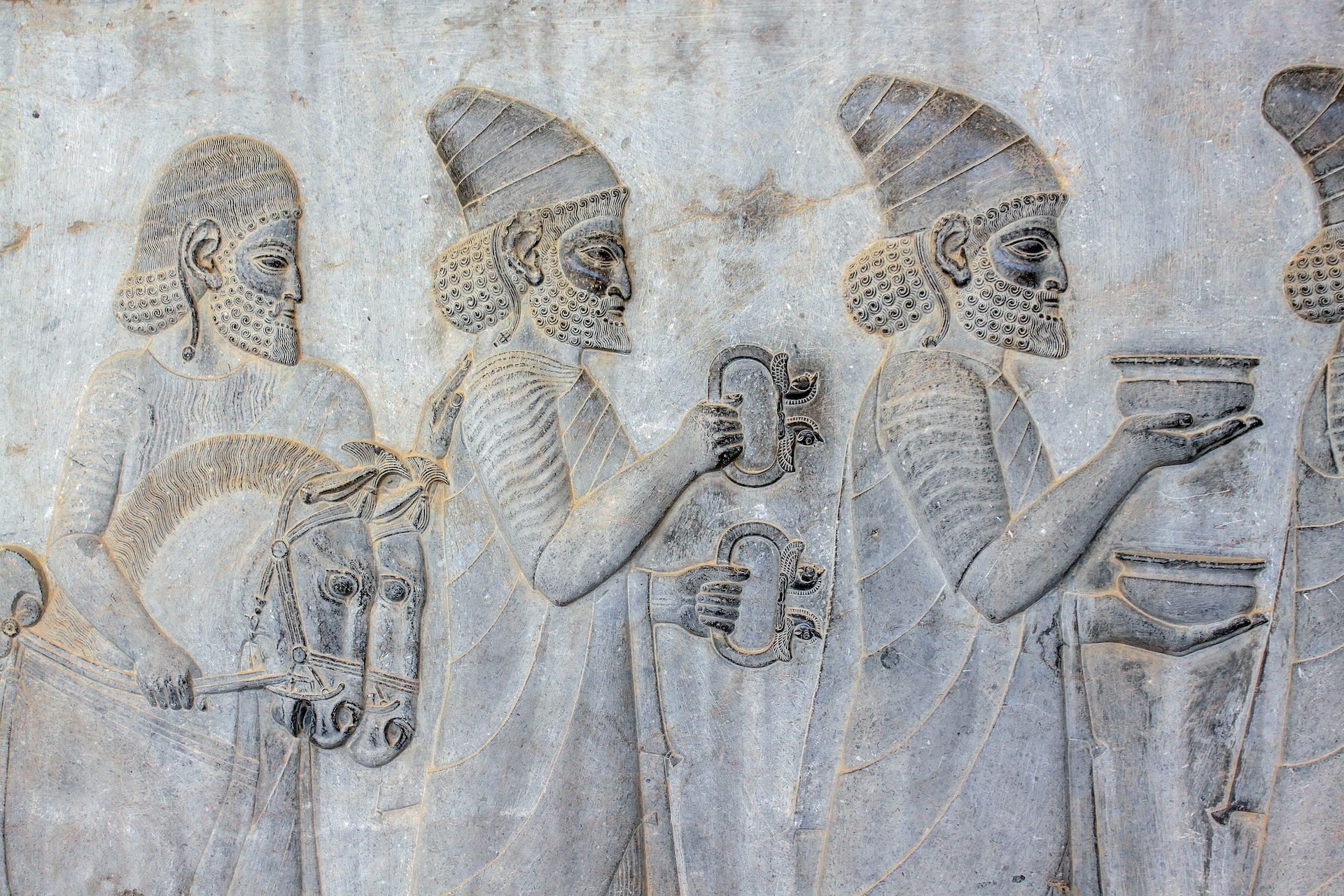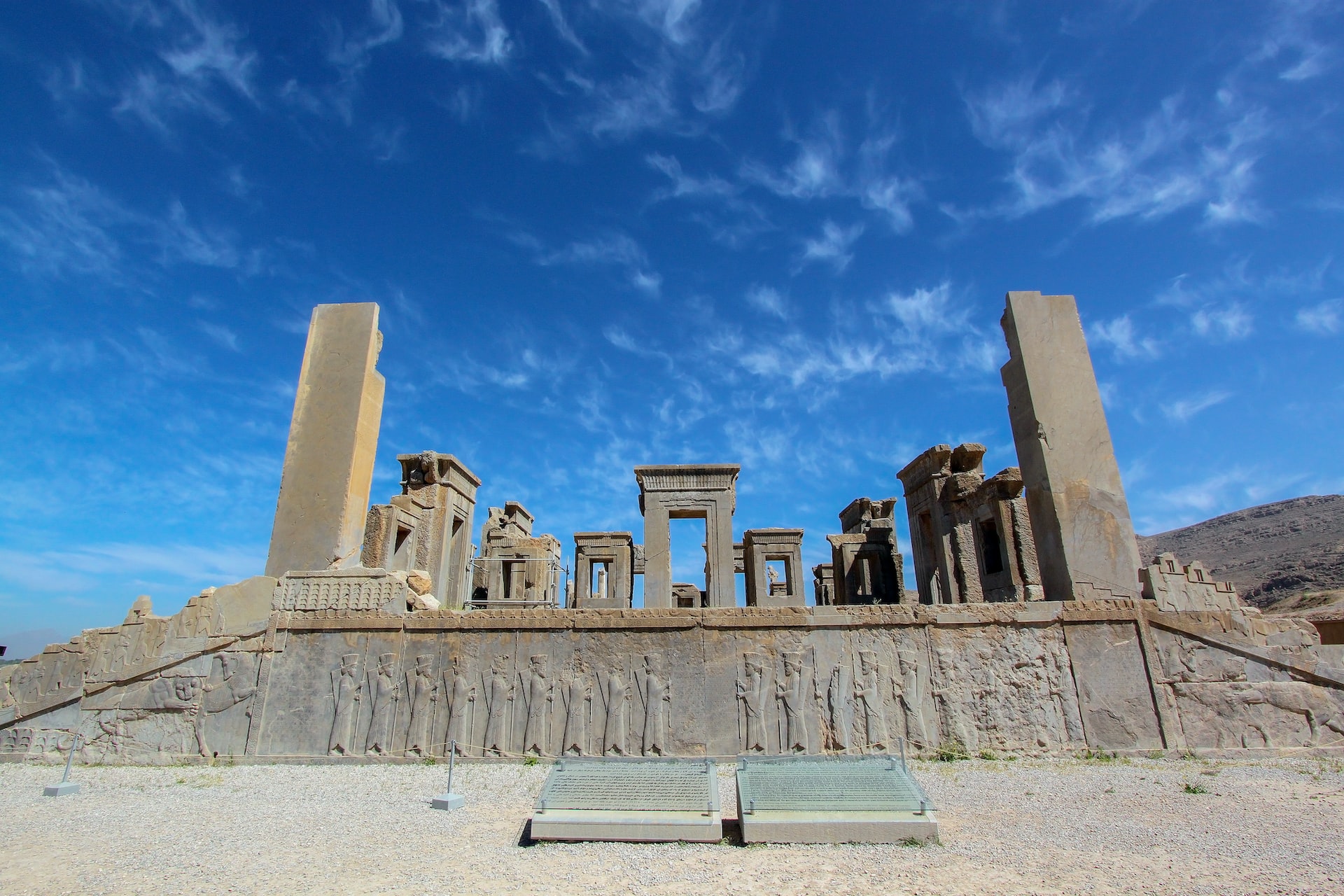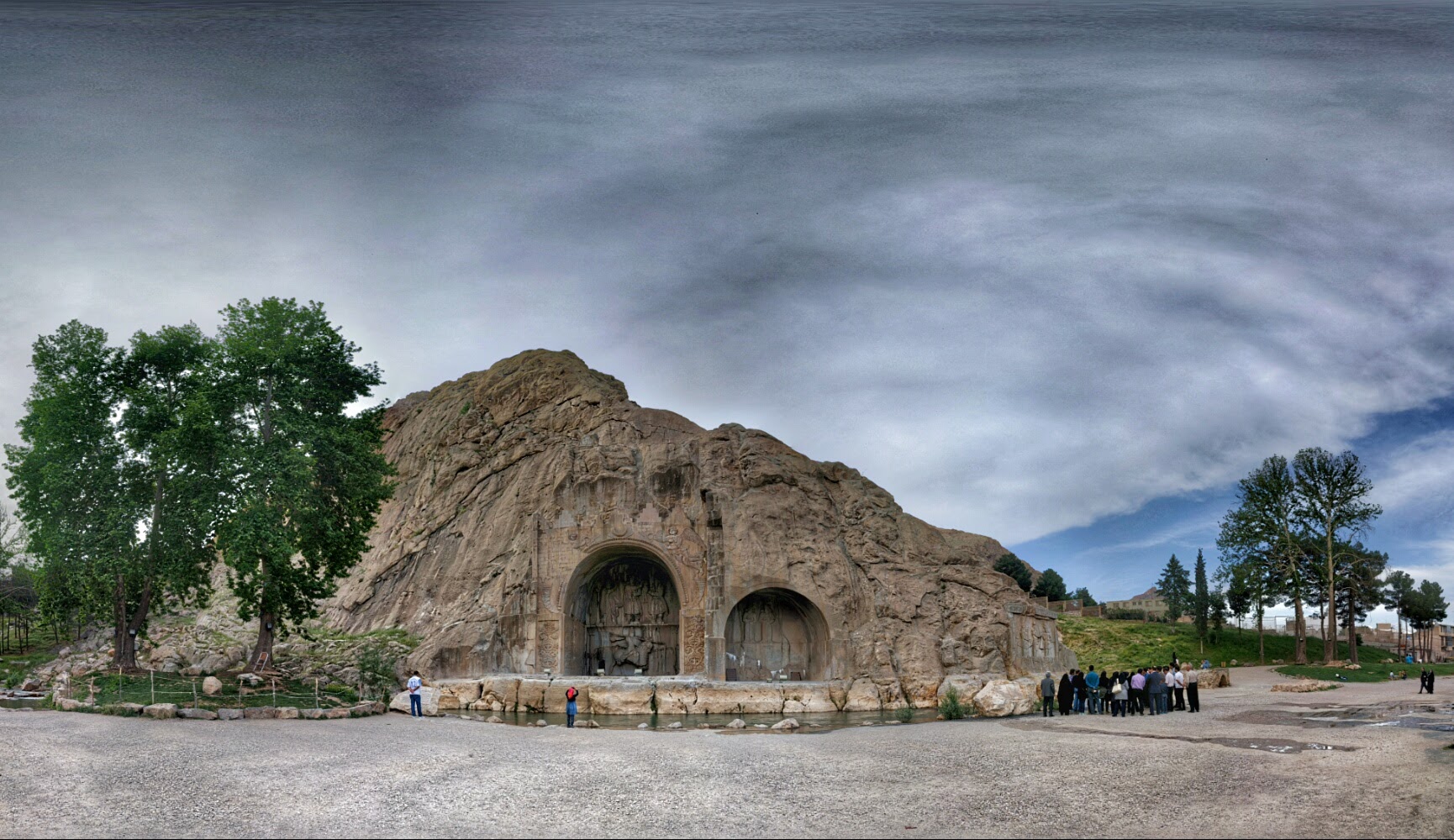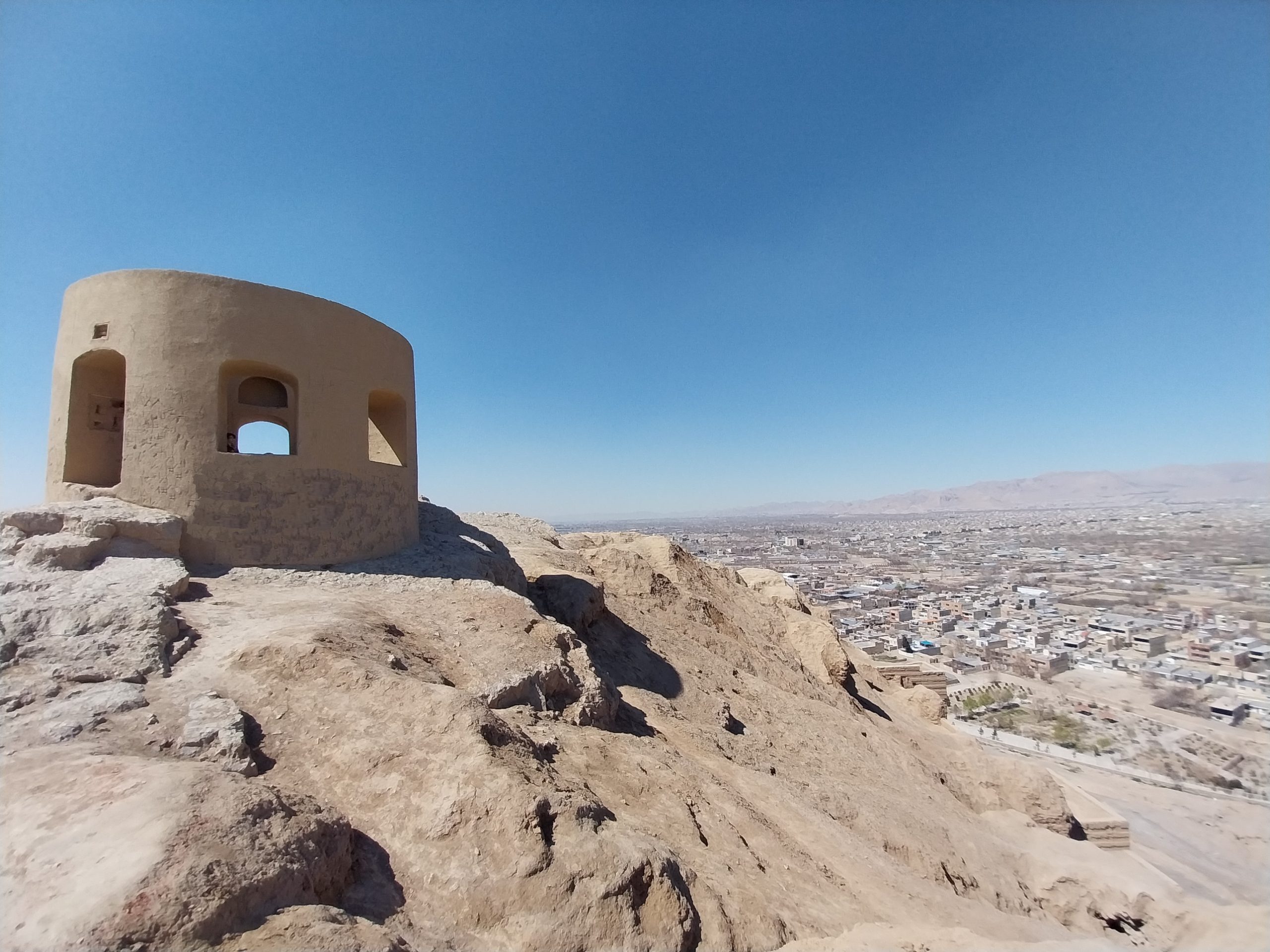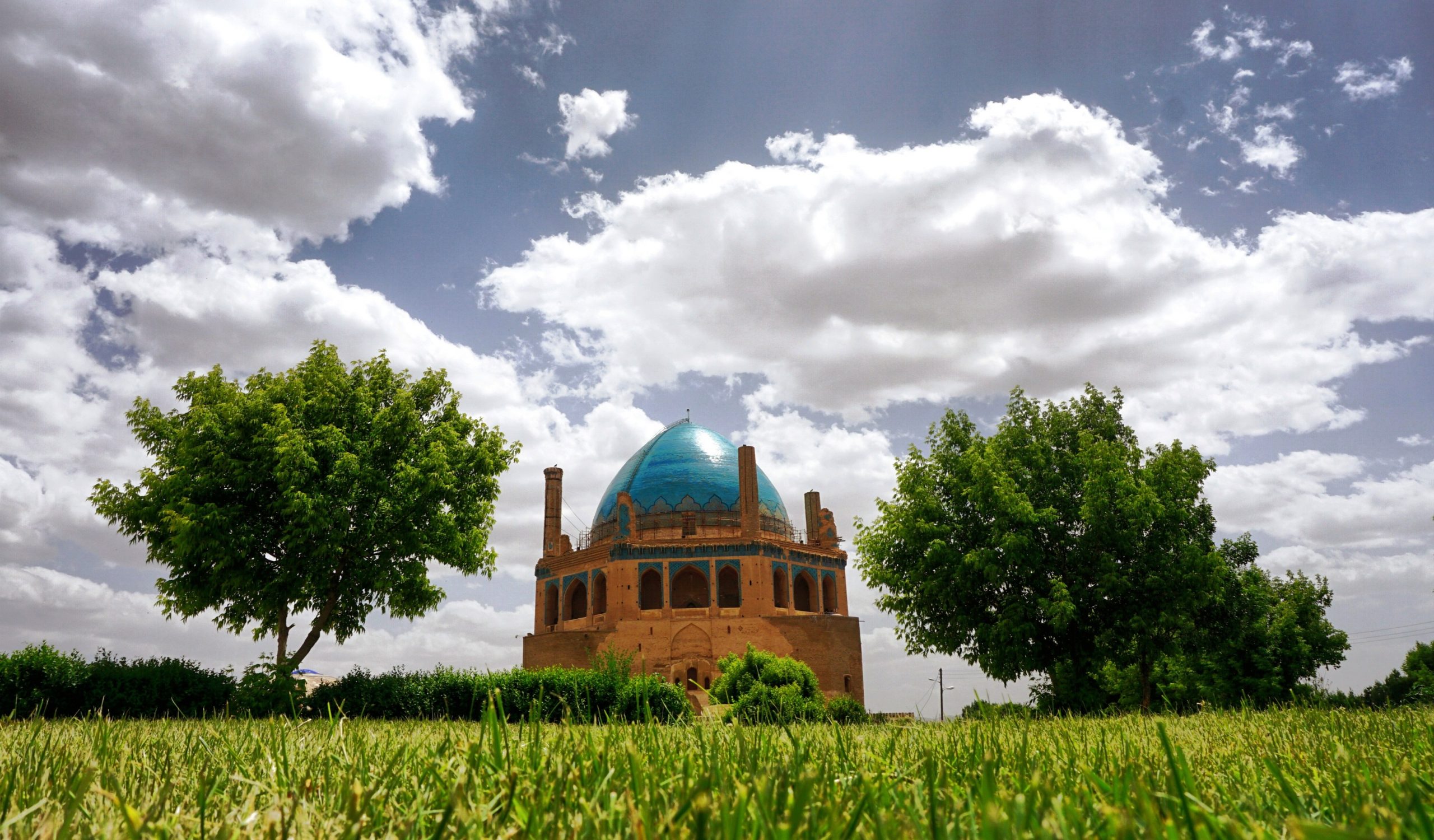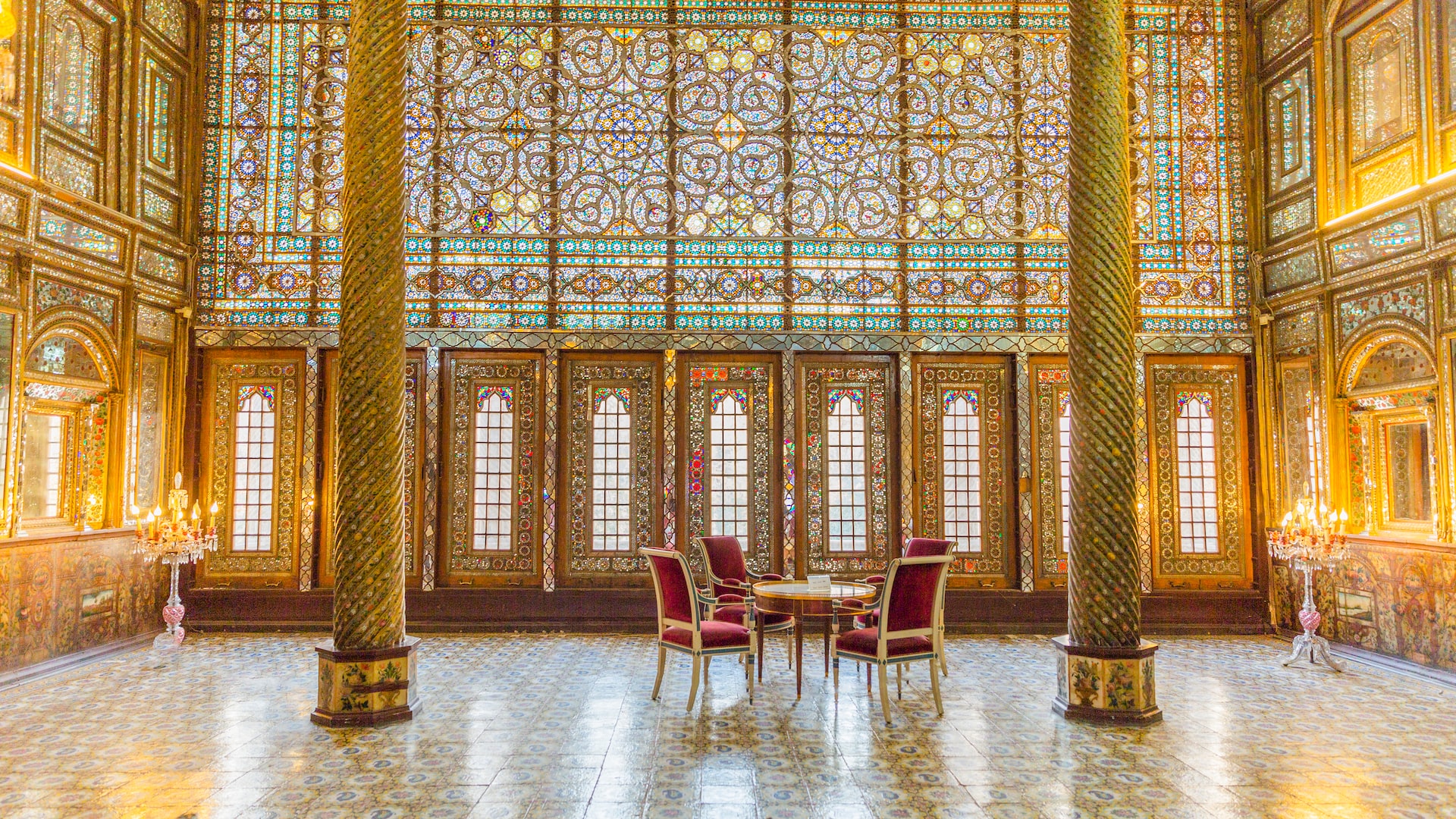Under the Abbasid caliphate (750–1258), which succeeded the Umayyads (661–750) in 750, the focal point of Islamic political and cultural life shifted eastward from Syria to Iraq, where, in 762, Baghdad, the circular City of Peace (madinat al-salam), was founded as the new capital. The Abbasids later also established another city north of Baghdad, called Samarra (an abbreviation of the sentence “He who sees it rejoices”), which replaced the capital for a brief period (836–92). The first three centuries of Abbasid rule were a golden age in which Baghdad and Samarra functioned as the cultural and commercial capitals of the Islamic world. During this period, a distinctive style emerged and new techniques were developed that spread throughout the Muslim realm and greatly influenced Islamic art and architecture.
Since the style set by the capital was used throughout the Muslim world, Baghdad and Samarra became associated with the new artistic and architectural trend. As virtually nothing remains from Abbasid Baghdad today, the site of Samarra is particularly significant for understanding the art and architecture of the Abbasid period. In Samarra, a new way of carving surfaces, the so-called beveled style, as well as a repetition of abstract geometric or pseudo-vegetal forms, later to be known in the West as “arabesque,” were widely used as wall decoration and became popular in other media such as wood, metalwork, and pottery. In pottery, Samarra also witnessed an extensive use of color in decoration and, possibly, the introduction of the technique of luster painting over a white glaze. Admired for its glittering effect reminiscent of precious metal, luster painting, the most notable technical achievement at the time, spread in the following centuries from Iraq to Egypt, Syria, Iran, and Spain and eventually also contributed to the development of ceramic decoration in the Western world. In terms of architecture, along with the palace of Jawsaq al-Khaqani (ca. 836 onward), the mosques of al-Mutawakkil (848–52) and Abu Dulaf (859–61) in Samarra were important in setting the style that was emulated in regions as far as Egypt or Central Asia, where it was adapted to need and taste.
In the tenth century, Abbasid political unity weakened and independent or semi-autonomous local dynasties were established in Egypt, Iran, and other parts of the realm. Following the capture of Baghdad by the Buyids (932–1062) and Seljuqs (1040–1194) in 945 and 1055, Abbasid caliphs retained little more than moral and spiritual influence as the heads of Orthodox Sunni Islam. The Abbasid realm witnessed a brief revival under caliphs al-Nasir (r. 1180–1225) and al-Mustansir (r. 1226–42), when Baghdad once again became the greatest center for the arts of the book in the Islamic world and the Mustansiriyya Madrasa (1228–33), the first college for the four canonical schools of Sunni law, was built. However, this burst of artistic vitality came to a temporary halt with the sack of Baghdad by the Ilkhanid branch of the Mongols in 1258. Though surviving Abbasids fled to Mamluk Egypt, these caliphs would only have nominal influence. The end of the Abbasid caliphate thus marked the end of the universal Arab-Muslim empire.
1)Al-Saffah, Abdullah (750–754 CE)
2)Al-Mansur, Abdullah (754–775 CE) [brother]
3)Al-Mahdi, Muhammad (775–785 CE) [son]
4)Al-Hadi, Musa (785–786 CE) [son]
5)Al-Rashid, Harun (786–809 CE) [brother]
6)Al-Amin, Muhammad (809–813 CE) [son]
7)Al-Ma’mun, Abdullah (813–833 CE) [brother]
8)Al-Mu‘tasim, Abbas (833–842 CE) [brother]
9)Al-Wathiq, Harun (842–847 CE) [son]
10)Al-Mutawakkil, Jafar (847–861 CE) [brother]
11)Al-Muntasir, Muhammad (861–862 CE) [son]
12)Al-Musta‘in, Ahmad (862–866 CE) [grandson of #8]
13)Al-Mu‘tazz, Muhammad (866–869 CE) [son of #10]
14)Al-Muhtadi, Muhammad (869–870 CE) [son of #9]
15)Al-Mu‘tamid, Ahmad (870–892 CE) [son of #10]
16)Al-Mu‘tadid, Ahmad (892–902 CE) [grandson of #10]
17)Al-Muktafi, Ali (902–908 CE) [son]
18)Al-Muqtadir, Jafar (908–932 CE) [brother]
19)Al-Qahir, Muhammad (932–934 CE) [brother]
20)Al-Radi, Ahmad (934–940 CE) [son of #18]
21)Al-Muttaqi, Ibrahim (940–944 CE) [brother]
22)Al-Mustakfi, Abdullah (944–946 CE) [son of #17]
23)Al-Muti, al-Fadl (946–974 CE) [son of #18]
24)Al-Ta’i, Abdulkarim (974–991 CE) [son]
25)Al-Qadir, Ahmad (991–1031 CE) [grandson of #18]
26)Al-Qa’im (1031–1075 CE) [son]
27)Al-Muqtadi, Abdullah (1075–1094 CE) [grandson]
28)Al-Mustazhir, Ahmad (1094–1118 CE) [son]
29)Al-Mustarshid, al-Fadl (1118–1135 CE) [son]
30)Al-Rashid, Mansur (1135–1136 CE) [son]
31)Al-Muqtafi, Muhammad (1136–1160 CE) [son of #28]
32)Al-Mustanjid, Yusuf (1160–1170 CE) [son]
33)Al-Mustadi, Hasan (1170–1180 CE) [son]
34)Al-Nasir, Ahmad (1180–1225 CE) [son]
35)Al-Zahir, Muhammad (1225–1226 CE) [son]
36)Al-Mustansir, Mansur (1226–1242 CE) [son]
37)Al-Musta‘sim, Abdullah (1242–1258 CE) [son]

